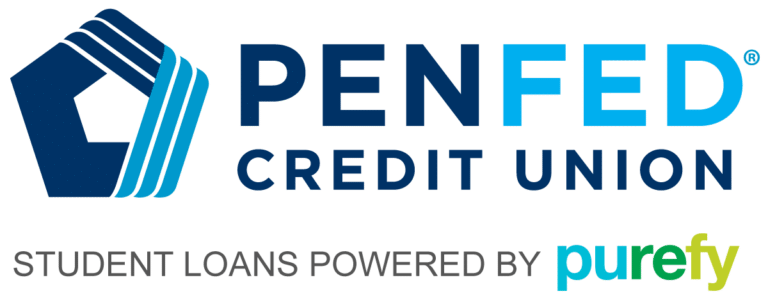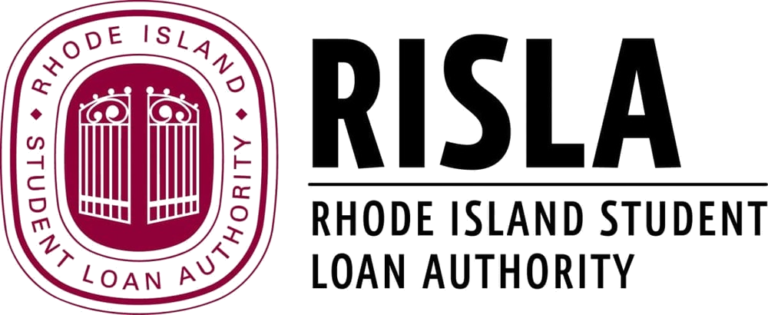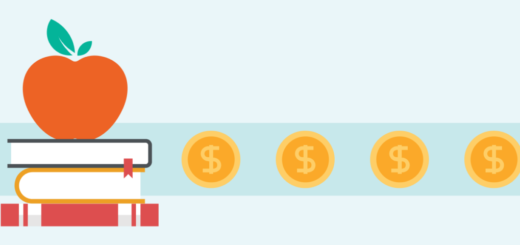Are Student Loans Compound or Simple Interest?
Our goal is to give you the tools and confidence you need to improve your finances. Although we receive compensation from our partner lenders, whom we will always identify, all opinions are our own. Credible Operations, Inc. NMLS # 1681276, is referred to here as “Credible.”
Like virtually any other loan, you’ll have to pay interest if you take out a student loan. Interest is the price lenders charge in return for lending money. When you make a payment on a student loan, part of it will go to the principal while the rest will apply to the interest.
Student loans can have simple or compound interest, which will affect how your lender calculates your interest charges.
Here’s what you should know about student loan simple interest and compound interest:
Are student loans compound or simple interest?
The majority of student loans — including all federal student loans and most private student loans — operate on simple interest. However, some private loans use compound interest.
- Simple interest is calculated based on the loan amount you originally borrowed.
- Compound interest is calculated based on your loan amount as well as any unpaid interest that has accrued on the loan. Unlike simple interest, compound interest essentially charges you interest on your interest.
Learn More: Average Student Loan Interest Rates
How student loan interest works
The type of interest — simple or compound — affects how your lender will calculate your total student loan interest. Here’s how it works:
Calculating simple student loan interest
Simple student loan interest is calculated using the following formula:
Principal x Interest rate x Loan term = Simple interest
To see how much your daily interest would be, you’d start by dividing your interest rate by 365 to find your daily interest rate, then multiply this by the principal. In this case, this would look like (0.04 / 365) x 15,000, which equates to about $1.64 in daily interest.
Calculating compound student loan interest
Calculating compound interest is more complicated compared to simple interest. The formula for it looks like this:
(Principal (1 + Interest rate) Number of compounding periods for a year) – Principal = Compound interest
This is how much you’d pay in compound interest over the life of the loan. Keep in mind that how much you’d pay in interest per year would vary because compound interest takes into account the interest that has already accumulated on the loan.
How often the interest compounds — for example, annually, semiannually, or quarterly — will also have a major impact on your total interest charges.
Additionally, with compounding interest, the daily interest will continually be added to your balance and will affect how much you’re charged the following day.
The next day, this $2.72 would be added to your balance and used to calculate your daily interest.
- Day 1: 0.000136 x $20,000 = $2.72
- Day 2: 0.000136 x $20,002.72 = $2.7203
- Day 3: 0.000136 x $20,005.44 = $2.7207
Calculating compound interest can be confusing — but thankfully, you don’t have to be a math expert to find out what your interest costs will look like on a loan with compounding interest.
Several online compound interest calculators are available that can help you easily figure out how compound interest can impact a loan or even a savings account.
Why do some student loans have compound interest?
While most student loans charge simple interest, some private student loans come with compound interest that could increase your overall interest costs.
Additionally, while all federal student loans come with fixed interest rates that will stay the same throughout the life of the loan, private student loans can have fixed or variable rates. A variable rate can fluctuate according to market conditions, which means you could end up paying more or less in the future.
If you don’t cover the interest that accrues during this pause, the unpaid interest could be added to your principal loan balance — this is known as capitalization. This means that interest will be charged on this higher amount going forward, which will increase your overall loan cost.
Check Out: Student Loan Deferment vs. Forbearance: How to Choose
How does interest work for subsidized and unsubsidized loans?
If you need to borrow for school, it’s usually best to start with federal Direct Subsidized Loans before turning to federal Direct Unsubsidized Loans and other kinds of student loans. Here’s how these federal student loans work:
- Direct Subsidized Loans are available to undergraduate students with financial need. The government covers any interest that accrues on these loans while you’re in school at least half time, during your six-month grace period after leaving school, and during any deferment periods. This can help you save money on interest over the life of the loan.
- Direct Unsubsidized Loans are available to undergraduate, graduate, and professional students, regardless of financial need. Unlike with subsidized loans, you’re responsible for all the interest that accrues on unsubsidized loans during all periods. Also keep in mind that if you don’t pay the interest that accrues on an unsubsidized loan while you’re in school, during your grace period, or during deferment periods, it will be capitalized and added to your principal loan balance.
When does student loan interest accrue?
Student loan interest begins accruing as soon as your loan is disbursed by the school — not just when you have to make payments. If you have a Direct Subsidized Loan, the government will cover this accrued interest while you’re in school.
But if you have a Direct Unsubsidized Loan or another type of student loan, it could be a good idea to at least make interest payments during deferment periods to keep this interest from capitalizing. Also remember that interest will continue to accrue during forbearance periods, and any unpaid interest will likely be capitalized afterward.
Learn More: How to Recertify for Income-Driven Repayment
Consider refinancing to save money on interest
If you’d like to save money on interest, refinancing your student loans could be a good option. Refinancing is the process of paying off your old loans with a new private student loan — leaving you with just one loan and payment to manage.
Depending on your credit, refinancing might get you a lower interest rate, which could reduce your overall interest charges and even potentially help you pay off your loans faster.
This also means you’ll no longer be eligible for the temporary suspension of federal student loan payments and interest accrual provided by the CARES Act.
If you decide to refinance your student loans, be sure to shop around and consider as many lenders as possible to find the right loan for your needs. Credible makes this easy — you can compare your prequalified rates from multiple lenders in two minutes.
| Lender | Fixed rates from (APR) | Variable rates from (APR) | Loan terms (years) | Loan amounts |
|---|---|---|---|---|
 |
2.94%+ | N/A | 10, 15, 20 | $7,500 up to up to $200,000 (larger balances require special approval) |
|
||||
 |
2.15%+ | 1.83%+ | 5, 7, 10, 15, 20 | $10,000 up to $250,000 (depending on degree) |
|
||||
 |
2.84%+1 | 1.99%+1 | 5, 7, 10, 15, 20 | $10,000 to $500,000 (depending on degree and loan type) |
|
||||
 |
2.99%+2 | 2.94%+2 | 5, 7, 10, 12, 15, 20 | $5,000 to $300,000 (depending on degree type) |
|
||||
 |
4.16%+ | 4.11%+ | 5, 7, 10, 15, 20 | $5,000 to $500,000 |
|
||||
 |
2.91%+5 | 2.91%+5 | 5, 10, 15, 20 | $1,000 to $250,000 |
|
||||
 |
2.43%+3 | 1.86%+3 | 5, 7, 10, 12, 15, 20 | $15,000 to $250,000 |
|
||||
 |
3.47%+4 | 2.44%+4 | 5, 10, 15, 20 | $5,000 – $250,000 |
|
||||
 |
4.44%+ 7 |
N/A | 5, 7, 10, 12, 15, 20 | Up to $300,000 |
|
||||
 |
2.49%+ | 1.9%+ | 5, 7, 10, 15 | Up to $300,000 |
|
||||
 |
2.95%+ | N/A | 7, 10, 15 | $10,000 up to the total amount of qualified education debt |
|
||||
 |
3.29%+ | N/A | 5, 8, 12, 15 | $7,500 to $300,000 |
|
||||
 |
2.69%+ | N/A | 5, 10, 15 | $7,500 up to $250,000 (depending on highest degree earned) |
|
||||
| Compare personalized rates from multiple lenders without affecting your credit score. 100% free!Compare Now |
||||
|
All APRs reflect autopay and loyalty discounts where available | 1Citizens Disclosures | 2College Ave Disclosures | 5EDvestinU Disclosures | 3 ELFI Disclosures | 4INvestEd Disclosures | 7ISL Education Lending Disclosures |
||||




